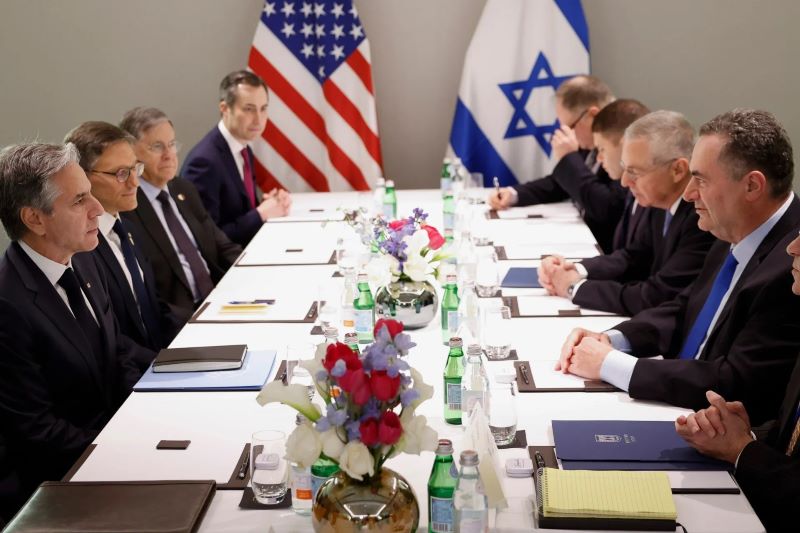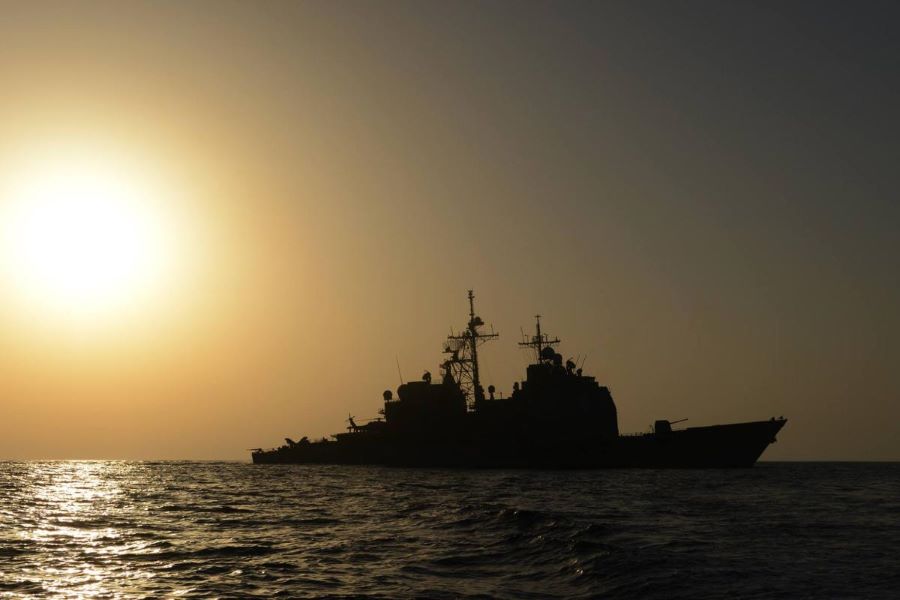Economy
Russia Crude Exports Decline for Fourth Consecutive Week
Russia four-week average crude exports declined for the fourth consecutive week, reaching their lowest level since mid-February. Just before an OPEC+ meeting on Sunday. This drop reflects Russia’s commitment to address its overproduction issues. It also shows their adherence to the production targets set by the OPEC+ alliance.
Overproduction Compensation and Export Reductions
Russia had committed to compensating for exceeding its April production target, attributing the overproduction to the “technicalities” of making significant output cuts. The recent decline in crude exports suggests Moscow is adhering to its promise, although production and exports are not perfectly correlated. In April, exports exceeded the target by about 120,000 barrels a day. However, in May, exports fell about 170,000 barrels below a separate, less restrictive goal. Starting this month, Russia has no export target. It has aligned with its OPEC+ partners, shifting to simplified output-only limits instead of the previous complex combination of production and export ceilings.
Market Dynamics and Price Adjustments
Despite stable weekly export volumes, a slight increase in prices raised the gross value of Russia’s shipments in the seven days leading to June 2, according to Bloomberg report. The Kremlin continues to challenge US-led restrictions on its oil shipments, exploring new strategies and partnerships.
Strategic Shifts and Middle Eastern Alliances
Russia is forging closer ties in the Middle East, recently adding Oman to its list of partners in the region. Moscow co-chairs a key OPEC+ committee with Saudi Arabia, and much of its oil trading has shifted to the UAE after Europe shut it out following the 2022 invasion of Ukraine. With ship-to-ship transfers off Greece disrupted by naval exercises, switches are now occurring elsewhere. They’re happening off the coasts of Oman and Morocco.

Blinken Incorporates a Visit to Israel into His Middle East Journey
Amidst the tumultuous backdrop of escalating tensions in the Middle East, Secretary of State Antony J. Blinken has made a significant…
Sanctioned Tankers and Covert Operations
Two sanctioned Russian tankers have recently loaded crude at Novorossiysk. The Bratsk, previously named NS Burgas, took on about 1 million barrels of Urals crude on May 23. Now, it is headed through the Red Sea towards Singapore. The SCF Primorye, the first sanctioned vessel to load, disappeared from AIS tracking east of Singapore for about two weeks, a common area for covert ship-to-ship transfers. If these cargoes reach oil refineries, it could allow other sanctioned tankers owned by Sovcomflot PJSC to resume operations. Sovcomflot has renamed and reflagged at least 10 of its 21 ships listed by the US Treasury for violating a G7-led price cap on Russian oil.
Steady Shipment Volumes Amid Regional Variations
A total of 29 tankers loaded 22.53 million barrels of Russian crude in the week to June 2, nearly unchanged from 22.54 million barrels the previous week. Russia’s seaborne crude flows in the week to June 2 remained steady at 3.22 million barrels a day. However, the less volatile four-week average fell by about 115,000 barrels a day to 3.27 million. This marks the fourth consecutive decline. Reduced shipments from the Black Sea port of Novorossiysk and the Pacific ports of Kozmino and De Kastri were partially offset. Increased departures from the Arctic terminals at Murmansk helped balance the reduction.
Export Value and Economic Impact
The gross value of Russia’s crude exports increased slightly to $1.57 billion in the seven days to June 2 from about $1.56 billion in the previous period, aided by a small price increase. In contrast, the four-week average income dropped by about $72 million to $1.59 billion a week, the lowest since February. The four-week average peak of $2.17 billion a week was reached in the period to June 19, 2022. During the first four weeks after the G7 price cap on Russian crude exports took effect in early December 2022. The value of seaborne flows fell to a low of $930 million a week. However, they soon recovered.
Russia’s crude export dynamics reflect a complex interplay of strategic adjustments, geopolitical pressures, and adherence to OPEC+ commitments. As Moscow navigates these challenges, its oil export strategies continue to evolve. These changes are impacting global oil markets and economic landscapes.

